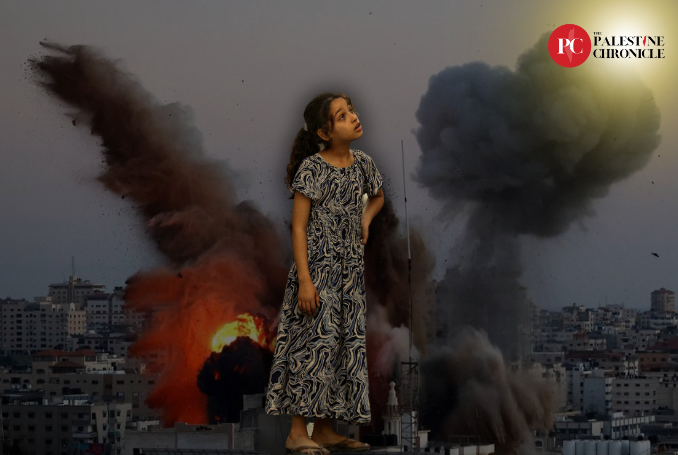
By Tammy Obeidallah
‘Stop criticizing us—just look at how your own kind treats you.’
This cliché, so often sneered by Israelis and their apologists, attempts to downplay the occupation of Palestine and to make Palestinians look like the pariahs of the Arab World. Unfortunately, this backward viewpoint is fueled by incidents such as the recent violence following a game between rival soccer clubs Al-Wehdat and Faisali in Amman, Jordan.
Police took the opportunity to beat and tear gas Palestinian fans of Al-Wehdat resulting in several deaths, according to eyewitnesses, although police deny any wrongdoing. Some eyewitnesses stated that dogs were turned loose on Palestinians and at least 250 people were injured when a fence collapsed. Graphic video depicts police beating fans and firing tear gas, along with chaotic hospital scenes amid claims that many did not receive adequate medical attention. Such quantities of tear gas were used that local residents could barely breathe in their own homes. Al-Jazeera English reported that Jordanian Faisali fans exited unharmed through a separate gate in the stadium. Having experienced Jordanian security forces’ treatment of Palestinians firsthand, the reports came as no surprise.
In 2002, I had the opportunity to attend a Samih Shqair concert held in the ancient Roman Theater in Jerash, Jordan. Most of those in attendance were Palestinians from the nearby Souf refugee camp. Upon arrival at the theater, Jordanian security personnel were confiscating all Palestinian flags and hattas (traditional headscarves), prohibiting any symbol of Palestinian culture from entering the ampitheater. A female officer frowned at my “Free Palestine” shirt. “Do I have to remove this?” I smiled, emboldened perhaps because my husband and all my in-laws were with me, or maybe because I was American, or because I was five months pregnant. Surely they wouldn’t hassle a western women who was so obviously in a “delicate condition.” Yet I became wary, observing a three-year old boy and his father being escorted out. They came back in, minus the child’s hat, on which had been embroidered a Palestinian emblem.
The concert began and my sister-in-law pulled out my black and white keffiyeh that had been carefully tucked under her hijab. As I began waving it in time to the music, I noticed movement among the security guards close by. Two of them approached me from behind, making their way down the ancient stone steps of the Roman Theater. Hurriedly, I tied the keffiyeh around my neck, knotting it at least three times. The security guard said something to my husband in Arabic and the female officer reached for the keffiyeh. I laid down on the steps. People seated nearby turned to see what was going on; the disturbance spread quickly throughout the crowd. Cameras that had been filming the concert were suddenly trained upon our area of the stadium. The guards retreated as suddenly as they had come. People around me cheered: by not allowing the keffiyeh to be taken, I had scored some small victory for them. I smiled and gave everyone a thumbs-up, not knowing my next run-in with Jordanian authorities would not turn out quite as well.
In March 2003, a few days before the American invasion of Iraq, I joined a group of nonviolent protesters outside a mosque in the Wehdat refugee camp in Amman. Various speakers were issuing statements against the impending US aggression. As a young lady, presumably a student, was leaving the podium, there were shouts from the far end of the yard, near the street. Chaos ensued as I looked around for someone to tell me what was happening. Panicked people stormed toward me, then past me as I felt a burning sensation in my eyes and the back of my throat. We had been tear-gassed.
I ran after the growing crowd, headed for the mosque. Watching in disbelief as people stooped to remove their shoes, I did the same thinking surely we would be trampled down by the succeeding lines of panic-stricken demonstrators. Amazingly, as everyone stopped to take off their shoes, it formed a perfectly choreographed human wave as we ran through the mosque, putting our shoes back on as we emerged on the other side, clear of tear gas. We were lucky to be relatively unscathed, and I realized that what I had just experienced was nothing in comparison with the far more sinister events Palestinians have endured since their forced migration to the Hashemite Kingdom.
In September 1970, King Hussein, fearing Palestinians were gaining too much political power and posing a threat to his Western-friendly government, ordered the military to attack refugee camps and other Palestinian enclaves, resulting in the deaths of untold thousands of civilians. Estimates range anywhere from 3,400-20,000 killed during the massacre now known as Black September.
“So…stop criticizing us—just look at how your own kind treats you.”
The answer to this hateful line must be reiterated: the problem is not with the Jordanian people, many of whom are dear friends and have even intermarried with their Palestinian brothers and sisters. Nor does blame lie with the Palestinians who now comprise over 60% of Jordan’s population—they did not ask to be stuck there. The problem is and always has been Israeli aggression, the failure of the international community to enforce the Right of Return, and a puppet regime set up by Western interests for Western interests.
(With thanks to Oroub Al Abed, whose well-documented analysis “Palestinian Refugees in Jordan” can be found here.)
– Tammy Obeidallah contributed this article to PalestineChronicle.com.





